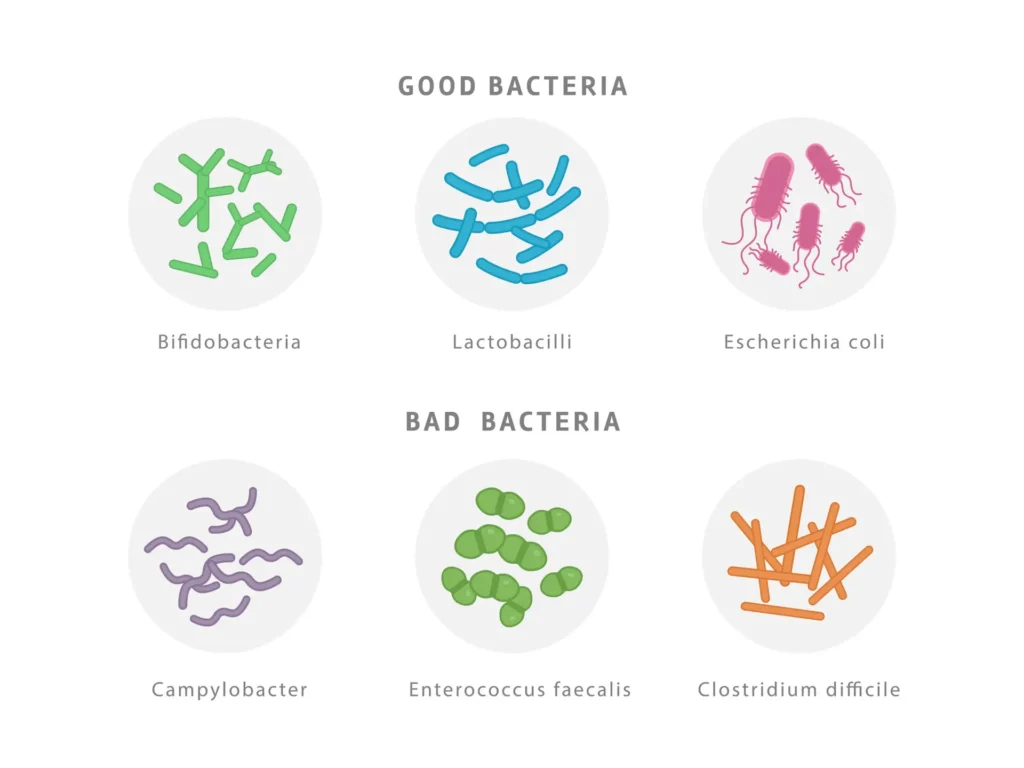Bacteria
What are Bacteria?
Bacteria are microscopic, single-celled organisms classified as prokaryotes, meaning they lack a nucleus and other membrane-bound organelles. These versatile organisms can thrive in a wide range of environments, from soil and water to extreme conditions like hot springs and deep-sea vents. Bacteria are highly diverse in their structure, function, and impact on the world.
Microscopic Life Forms
Bacteria are single-celled microorganisms that are found almost everywhere on Earth, from soil and water to the human body. They are prokaryotes, meaning they lack a nucleus and other membrane-bound organelles. Despite their small size, bacteria play crucial roles in ecosystems, helping decompose organic material, cycle nutrients, and even support human health. While some bacteria cause diseases, many are beneficial or harmless.
How Bacteria Work
Bacteria reproduce rapidly through binary fission, a process where one cell splits into two identical cells. They have a simple structure: a cell wall for protection, a plasma membrane, and cytoplasm containing DNA. Some bacteria have flagella for movement or pili for attachment. They obtain energy in diverse ways, from photosynthesis to breaking down organic matter. Their versatility allows them to thrive in extreme environments, from hot springs to deep-sea vents.
Types of Bacteria
Bacteria come in different types based on their shape, how they get energy, and how they interact with the environment. Here are some common types:
- By Shape:
- Cocci: These bacteria are round or spherical. An example is Streptococcus, which can cause strep throat.
- Bacilli: These bacteria are rod-shaped, like E. coli, which lives in your intestines and helps with digestion.
- Spirilla: These bacteria are spiral-shaped, like Helicobacter pylori, which can live in the stomach.
- By How They Get Energy:
- Photosynthetic Bacteria: These bacteria, like Cyanobacteria, use sunlight to make their own food, similar to plants.
- Heterotrophic Bacteria: These bacteria, such as Lactobacillus, get energy by breaking down organic material, like sugar in food.
- Chemotrophic Bacteria: These bacteria, like those found near underwater volcanic vents, get energy by breaking down chemicals instead of sunlight or food.
- By Interaction with the Environment:
- Helpful Bacteria: Some bacteria are good for us, like those in yogurt that help with digestion or bacteria in soil that help plants grow.
- Harmful Bacteria: Some bacteria cause diseases, like Salmonella, which can make people sick from contaminated food.
- Neutral Bacteria: These bacteria don’t harm or help and simply exist in places like water or soil.
Bacteria are tiny organisms that come in many shapes and types. Some help us, some harm us, and some just live quietly in the world around us!
Structure & Reproduction
he structure of bacteria includes a cell wall, which gives the bacteria its shape and protection. Inside, there is a cell membrane that controls what enters and leaves the cell. Unlike more complex cells, bacteria don’t have a nucleus. Instead, their DNA floats in the cytoplasm, which is the jelly-like substance inside the cell. Some bacteria also have flagella, which are tail-like structures that help them move.
Bacteria reproduce through a process called binary fission. First, the DNA in the bacteria copies itself. Then, the cell grows bigger and splits into two identical cells. This process is very fast and allows bacteria to multiply quickly, especially in the right conditions like warmth and moisture.
Some bacteria can also exchange genetic material in a process called conjugation. They use a small tube to transfer DNA from one cell to another. This doesn’t create new bacteria but helps them share traits, like resistance to antibiotics.
Importance to Environment
Bacteria are vital for life on Earth. In the environment, they break down dead organisms, recycling nutrients like nitrogen and carbon into the ecosystem. In humans, beneficial bacteria in the gut aid digestion, produce vitamins, and protect against harmful microbes. Industrially, bacteria are used to produce antibiotics, yogurt, and biofuels. Their ability to adapt and evolve makes bacteria essential for ecosystems and human progress.
Bacteria and Disease
While many bacteria are helpful, some are pathogenic and cause diseases like tuberculosis, strep throat, and food poisoning. These harmful bacteria often release toxins or invade tissues. Antibiotics are used to treat bacterial infections, but overuse has led to antibiotic resistance, making some infections harder to treat. Understanding bacteria helps scientists develop better treatments and preventive measures, such as vaccines.
